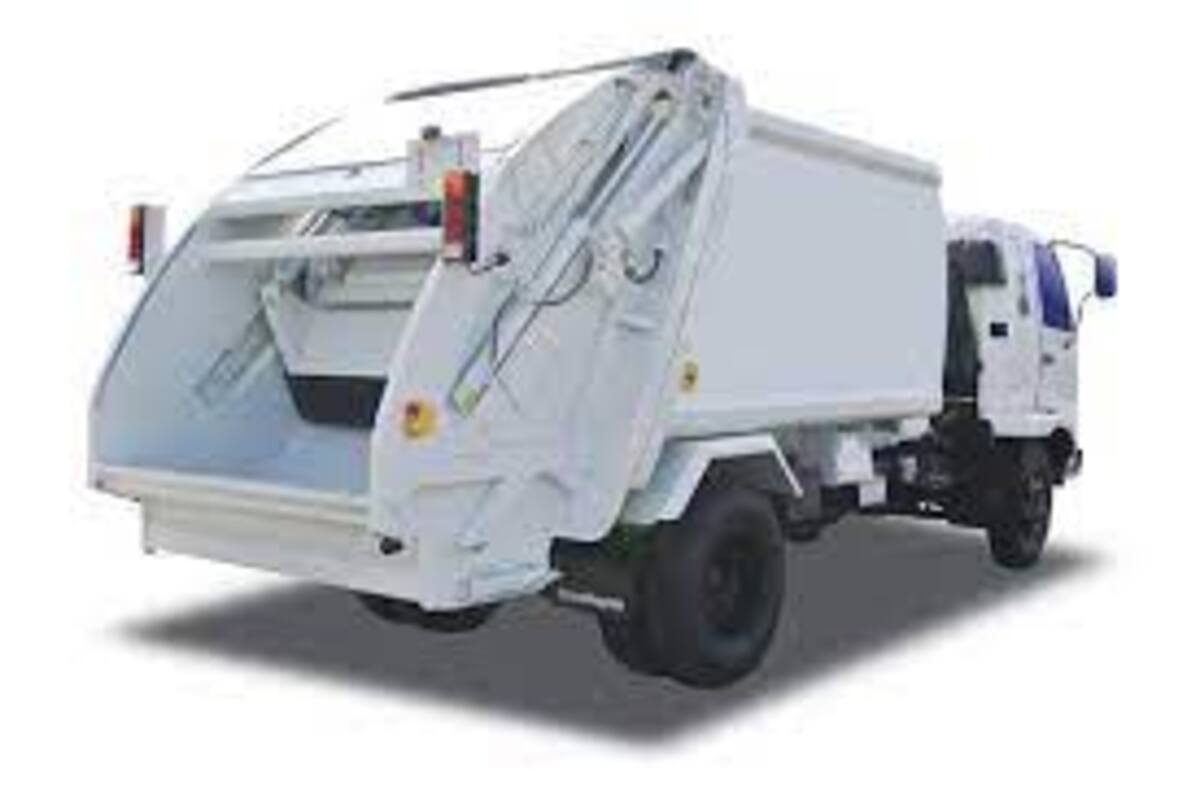Business
Key Features and Components of Modern Industrial Garbage Compactors: Enhancing Efficiency and Sustainability

In the ever-evolving landscape of waste management, modern industrial garbage compactor stand as essential tools that streamline waste handling processes, optimize space utilization, and contribute to a more sustainable future. These machines are designed with a range of key features and components that work in harmony to ensure efficiency, safety, and reliability. In this article, we will delve into the critical components and functionalities of industrial garbage compactors, emphasizing their role in enhancing waste management practices and promoting environmental sustainability.
Loading Systems: Efficiency at the Onset
At the heart of an industrial garbage compactor lies its loading system. Modern compactors are equipped with user-friendly loading mechanisms that facilitate easy and efficient disposal of waste. Loading systems can range from simple open-top designs for manual dumping to advanced hydraulic lifters and automated chutes that reduce manual labor and improve efficiency. The loading system’s design directly impacts the compactor’s throughput and the speed at which waste can be processed.
Hydraulic Mechanisms: The Power Behind Compaction
Hydraulic systems play a pivotal role in industrial garbage compactors. These mechanisms utilize hydraulic pressure to compress waste materials, significantly reducing their volume and minimizing the space required for storage and disposal. Hydraulic cylinders generate the force needed for compaction, enabling the compactor to effectively crush different types of waste, from cardboard to plastic to organic materials. This hydraulic action enhances waste density, ultimately leading to reduced transportation costs and decreased frequency of waste collection.
Safety Measures: Protecting Personnel and Equipment
Safety is paramount in waste management operations, and modern industrial garbage compactors prioritize the well-being of operators and bystanders. Safety features include emergency stop buttons, interlock systems that prevent operation while doors are open, and safety barriers that prevent accidental contact with moving parts. Some compactors are equipped with sound insulation to minimize noise pollution, ensuring a safer and more comfortable work environment.
Control Systems: Precision and Automation
Control systems in modern industrial garbage compactors have undergone significant advancements, embracing digital technology for greater precision and automation. These systems enable operators to monitor and adjust compaction cycles, track the machine’s performance, and receive real-time alerts for maintenance and safety concerns. Automated compaction cycles ensure consistent compression and help optimize waste handling operations, contributing to efficiency and minimizing human error.
Odor Control and Leak Prevention: Maintaining Hygiene
Modern industrial garbage compactors also incorporate features that address sanitation and hygiene concerns. Odor control mechanisms, such as sealing mechanisms and ventilation systems, help contain unpleasant smells emanating from compacted waste. Leak prevention measures, including sealed compartments and leak-resistant materials, ensure that liquids from waste materials are contained within the compactor, preventing environmental contamination and promoting cleanliness.
Mobile Garbage Compactor: On-the-Go Waste Management
A notable variant of industrial garbage compactors is the mobile garbage compactor. These units are mounted on trailers or trucks, enabling waste management operations to be conducted at multiple locations. Mobile compactors are ideal for applications where waste needs to be collected and compacted on-site, such as construction sites, event venues, and municipal areas. They offer the same key features and components as stationary compactors, ensuring efficient waste compaction even in dynamic environments.
Benefits of Modern Industrial Garbage Compactors
The incorporation of these key features and components in modern industrial garbage compactors results in several benefits that positively impact waste management practices and contribute to environmental sustainability:
1. Space Optimization: Compacted waste occupies significantly less space, allowing businesses and municipalities to maximize the capacity of their waste storage areas and reducing the need for frequent waste collection.
2. Cost Savings: Reduced waste volume leads to lower transportation costs, fewer hauls to disposal sites, and decreased labor requirements for waste handling.
3. Environmental Sustainability: By compacting waste, industrial garbage compactors minimize the need for landfill space and promote responsible waste disposal practices.
4. Hygiene and Safety: Enhanced safety features and leak prevention mechanisms contribute to a safer working environment, minimizing health risks for operators and the public.
5. Efficiency: Automation and precision control systems optimize waste compaction cycles, streamlining operations and minimizing downtime.
6. Versatility: Mobile garbage compactors provide flexibility in waste management, enabling on-site compaction at various locations.
Conclusion: Advancing Waste Management with Modern Compactors
The evolution of industrial garbage compactors reflects the ongoing commitment to improving waste management practices. The integration of loading systems, hydraulic mechanisms, safety measures, control systems, and specialized variants like mobile garbage compactorcreates powerful tools that enhance waste handling efficiency, reduce costs, and contribute to a cleaner environment. As industries and municipalities continue to prioritize sustainability and responsible waste management, modern industrial garbage compactors remain indispensable assets that play a significant role in achieving these goals.
Harper Harrison is a reporter for The Hear UP. Harper got an internship at the NPR and worked as a reporter and producer. harper has also worked as a reporter for the Medium. Harper covers health and science for The Hear UP.










